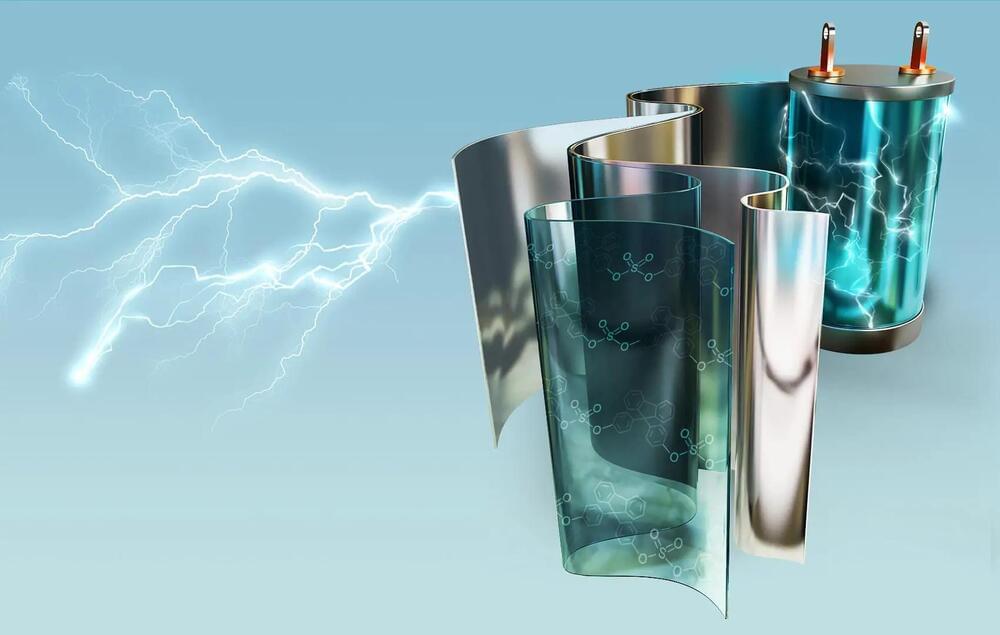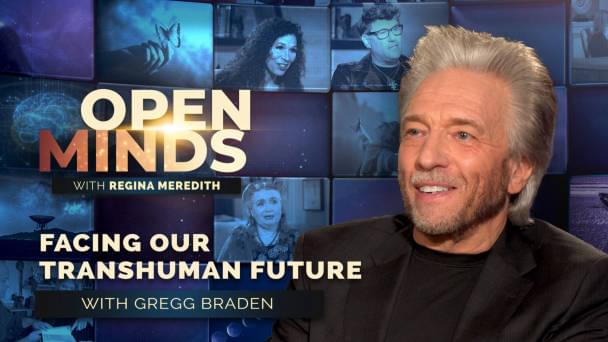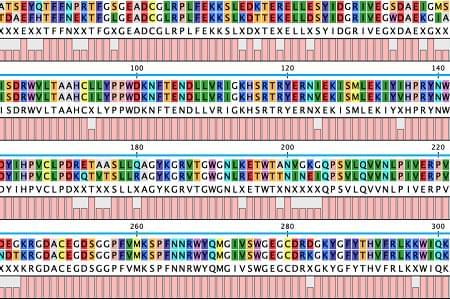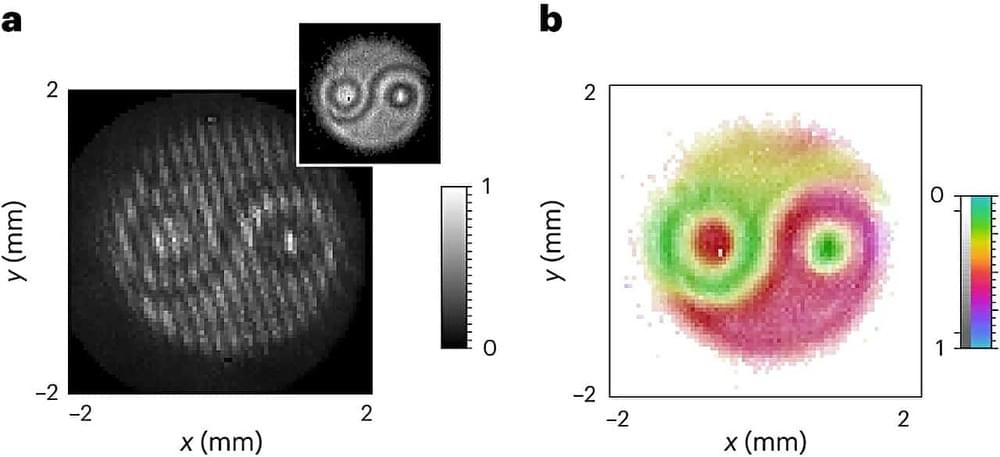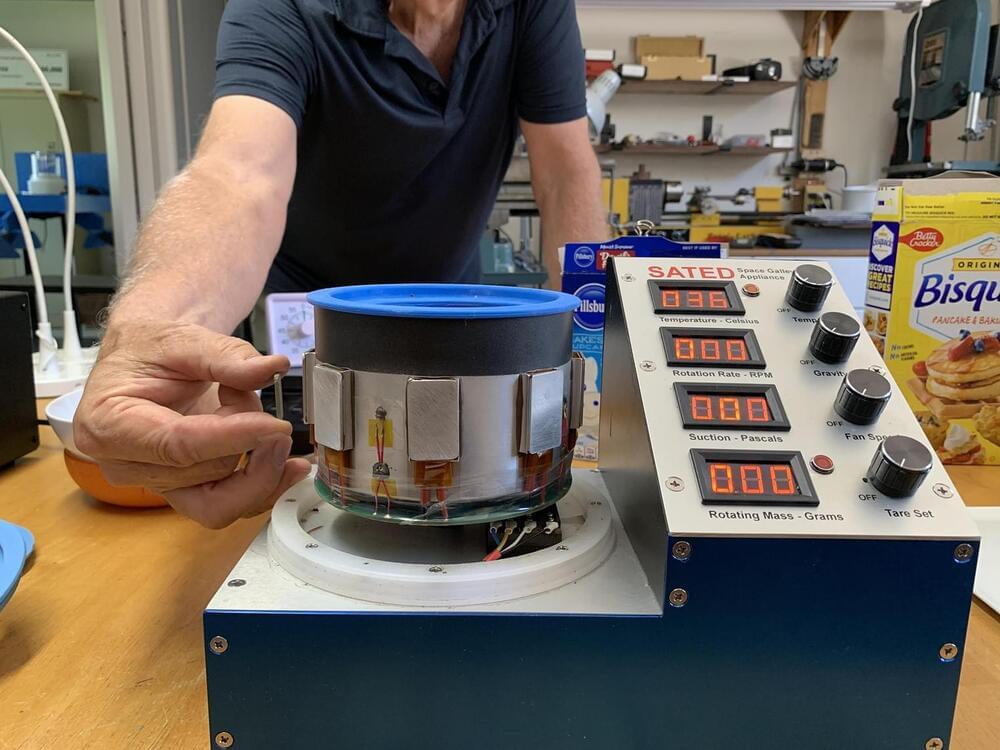In this video i will show everyone the Theoretical & Practical side of understanding and learning Reverse-Engineering, to modify Machine-Code/Code overall in the Memory inside Binary Software Files on Systems, and also the Fundamentals about the System Architechture x64/x32-x86 Bit, as how it works in the smallest of Bits/Bytes form on the Memory-Layout Architechture. I will be showing a variety of Techniques like Cracking Games, Manipulating basic “Hello World” compiled C++ code Binary, and overall i will show different kind of Debugging/Reverse-Engineering Techniques on the Tool x64DBG.
- Educational Purposes Only.
If the Video was helpful and useful for learning Reverse-Engineering in a sense to understand Problematic Bugs/Vulnerabilities or Code in a Binary, subscribe for more videos!. Thanks.
Reverse-Engineering Tools:
Ghidra: https://ghidra-sre.org/ // Mac OSX/Windows/Linux.
(Best for Static Analysis And Converting Assembly-code to C/C++)
IDA: https://hex-rays.com/ida-pro/ // works on Mac OSX/Windows/Linux.
(Static & Dynamic Analysis)
x64DBG: https://x64dbg.com // Windows.
(Static & Dynamic Analysis)
GDB: https://www.onlinegdb.com/ // Linux/Mac OSX/Windows/iOS/Android.
(Terminal-Based Static & Dynamic Analysis)
radare2: https://formulae.brew.sh/formula/radare2 // Mac OSX/Windows/Linux.
(Recommened for Mac OSX)
https://github.com/frida/frida // Windows/Linux/Mac OSX/iOS/Android.
(Best For iOS/iPad/Apple Watch/.…Apple Systems)
Assembly Cheat-Sheet: https://cs.brown.edu/courses/cs033/docs/guides/x64_cheatsheet.pdf.
Learn & Understand Assembly: https://www.tutorialspoint.com/assembly_programming/assembly_quick_guide.htm.
Convert & Deconvert Assembly To Hex Or Vice-Versa: https://defuse.ca/online-x86-assembler.htm.
Introduction 1: Assembly-Registers: 00:00
